Here is an excellent clear photograph of a free-swimming, healthy compass jellyfish at a quay in Connemara. I usually see them washed up dead on sandy beaches. Paul Dunne, Co Galway
It is indeed a very clear photograph. The 32 lobes and the radial lines, which remind people of a clock-faced compass, are clearly visible. So are its four mouth arms stretched out behind, which are much longer than the stinging tentacles. Increasing numbers of jellyfish indicate a reduction in marine biodiversity as we overfish the species that feed on baby jellyfish. Some species of jellyfish produce thousands of eggs per night so the lack of effective predators can quickly become apparent. Fish farms can sustain huge losses when invaded by thousands of stinging jellyfish small enough to squeeze through the protective surrounding nets.
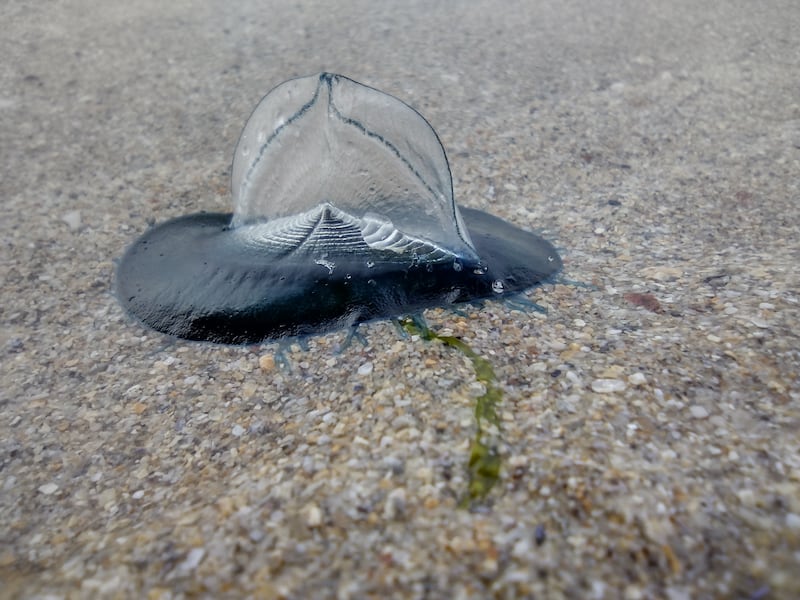
Among the many moon and compass jellyfish washed up along the shoreline lately are occasional by-the-wind sailors such as this. Michael Cross, Co Donegal
This by-the-wind sailor is so called because, as your photo shows, it has a curved fin-like sail on the top of the horny skeleton on its body. This catches the wind as the creature travels at the surface of the oceans. It can end up on beaches in great numbers if the wind blows directly onshore. It is not dangerous to us as it is only 10cm at most, with tiny tentacles.
Preventing Mam from accepting a hug from a friend at my sister’s funeral will haunt me forever
Eye on Nature: If bees can’t see red, why is one drawn to this red poppy?
How plans for new Guggenheim museum have triggered major biodiversity row in Spain
Paul Clements: ‘I am often asked how long it takes to write a book. Now I can say with accuracy: 33 years’
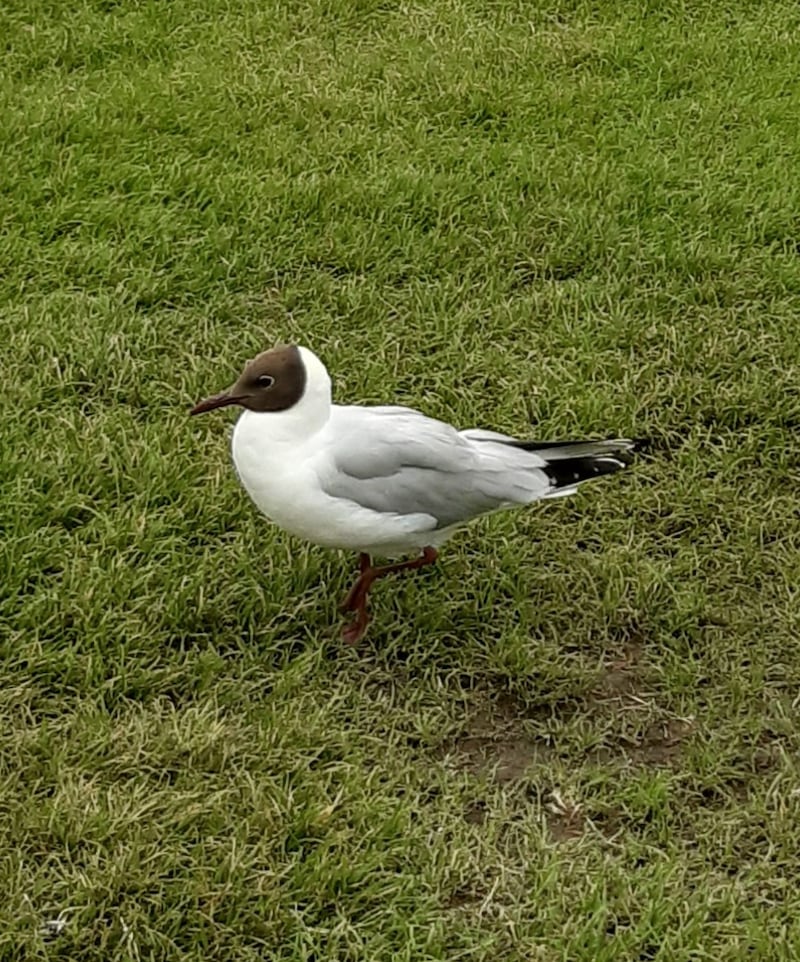
I came across this brown-headed gull in Marlay Park. While it is common to see the black-headed variety up there, is it unusual to see this type? Enda McMorrow, Dublin 16
This is a regular black-headed gull in full summer plumage. Their head feathers are actually always chocolate brown rather than jet black. It also has black tips to its wings, which cover its tail in your picture. The gull with the jet-black head feathers is the Mediterranean gull, a much rarer sighting. It always has completely white wing feathers.
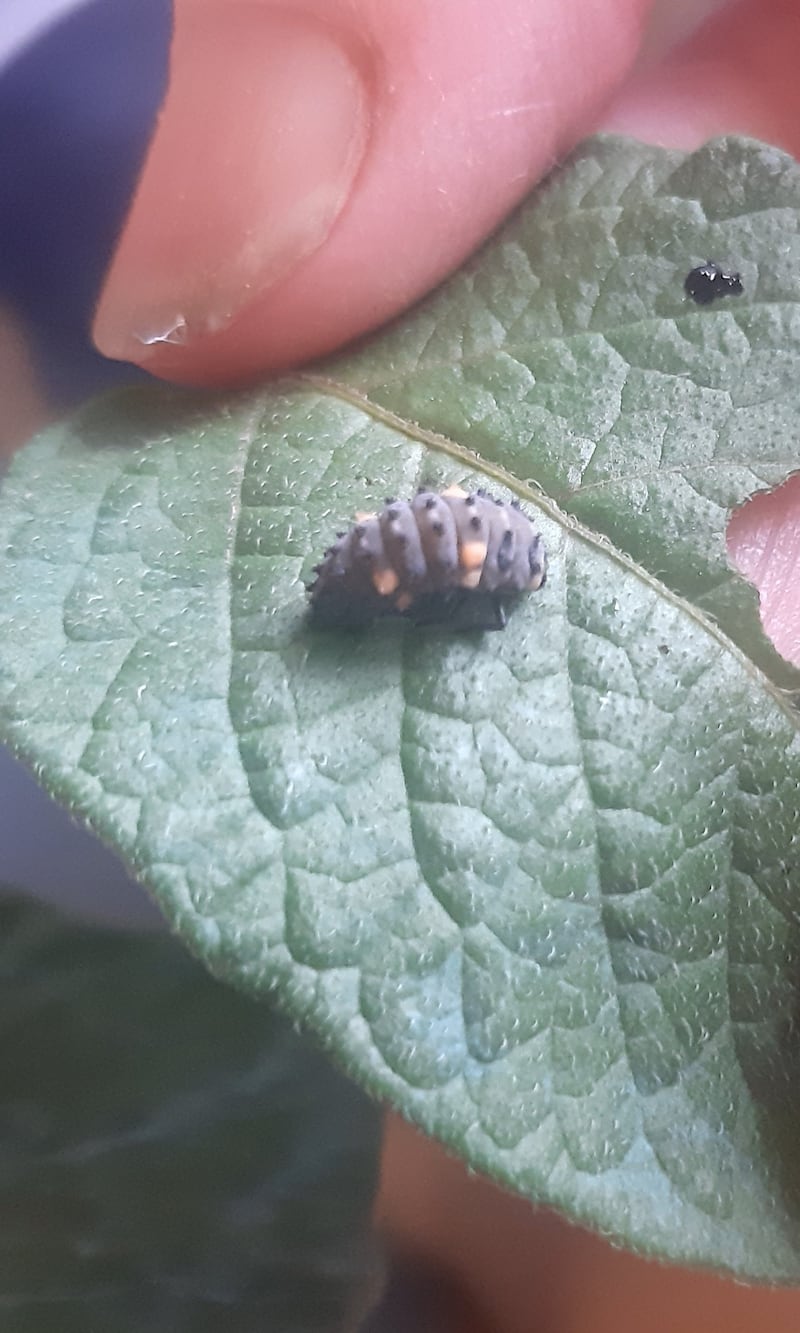
My mom found this on a potato in a bag she had been keeping for seed. Can you tell us what it is? Mom has been gardening for 50 years and has never met such a creature before. Mariek Clarke, Co Kerry
It is the larva of the common native seven-spot ladybird. Both larvae and adult ladybirds feed voraciously on the aphids, which can occur on the potato leaves but never on the potatoes themselves.
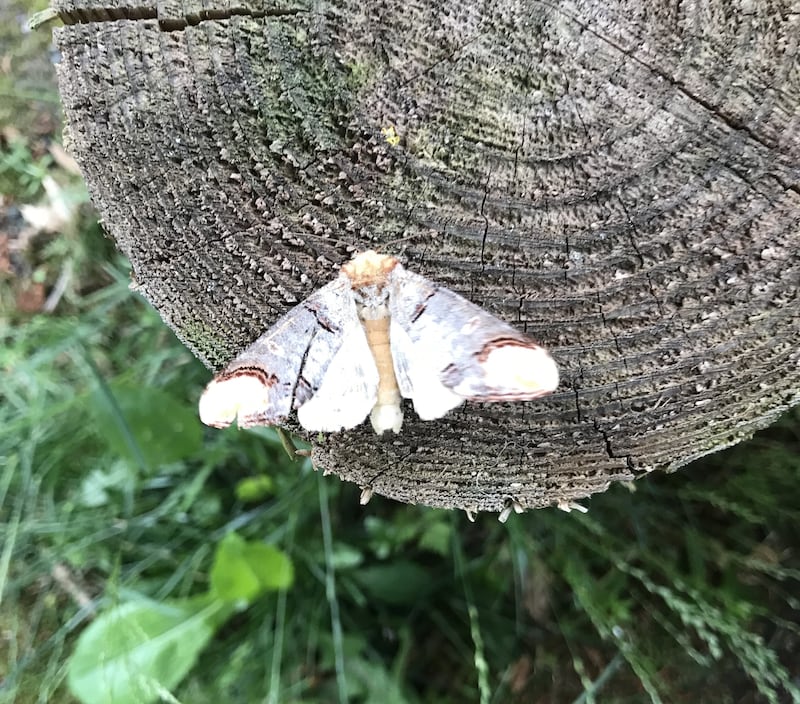
I took a photo of this beautiful moth or butterfly in Glendalough car park and would like to know its name. Mary O’Brien, Co Dublin
This is the buff-tip moth. It’s a bit worn-looking now, but when it is fresh and perched with its wings closed tightly around the body, it looks exactly like a piece of broken birch twig. This is most excellent camouflage and deceives would-be predators as long as it keeps still. The one you saw was living dangerously.
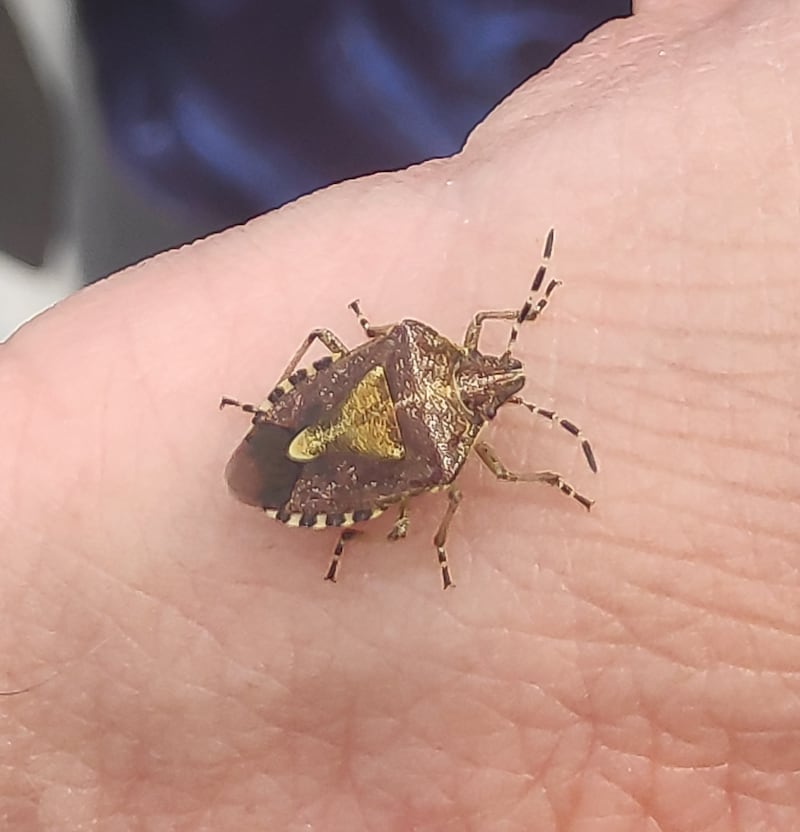
We found this shield beetle pottering across the rocks close to the sea at the back of Inis Oírr. I was struck by the brown and gold detail around its edges and on its antlers, and what looked like a golden chalice at the centre of its shield, reminiscent of the Holy Grail. Féilim Breatnach, Co Galway
You should take up descriptive writing. Your excellent description and photograph are of the hairy shield bug, also called the sloe bug, as it feeds particularly on blackthorn leaves. Its banded antennae, black and white sides as well as the fact that it is covered in small hairs are the distinguishing features. It becomes duller and browner in winter. Recorded from the southern half of the country, including Inis Mór.
Please submit your nature query, observation, or photo with a location, via irishtimes.com/eyeonnature










